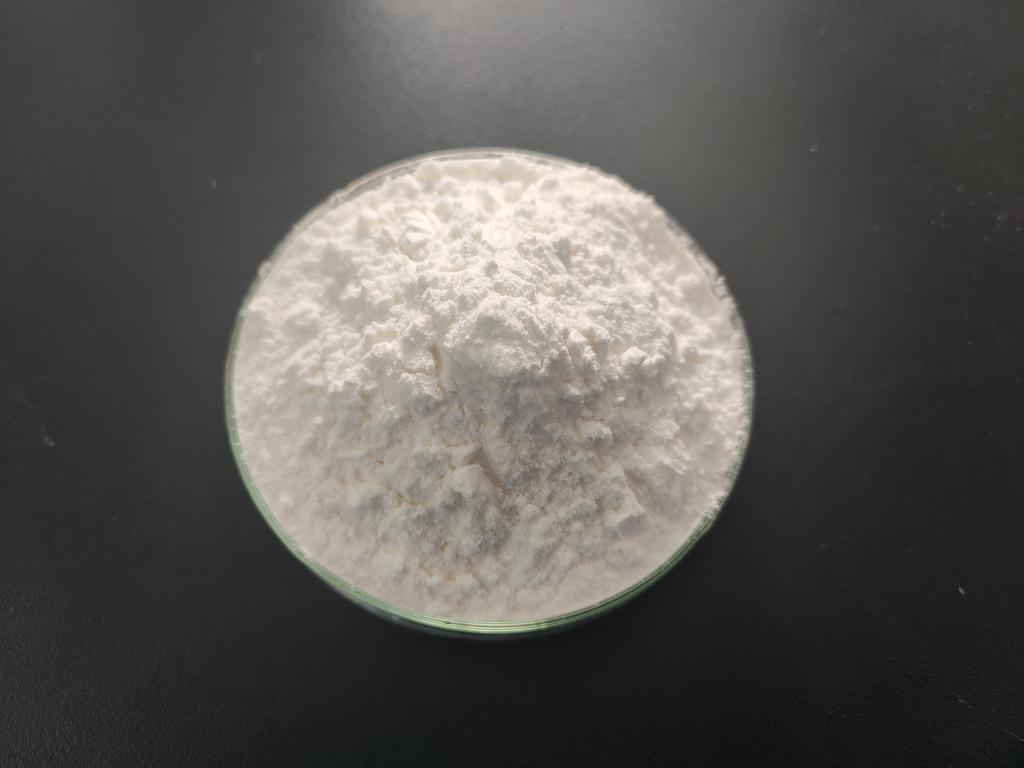Tel:+8618231198596

News
 CONTACT
CONTACT
 CONTACT
CONTACT
- Linkman:Linda Yao
- Tel: +8618231198596
- Email:linda.yao@dcpharma.cn
- Linkman:CHARLES.WANG
- Department:Overseas
- Tel: 0086 0311-85537378 0086 0311-85539701
News
ε-Polylysine hydrochloride's potential in controlling foodborne pathogens in fresh produce.
TIME:2024-05-16
Antimicrobial Properties:
ε-Polylysine hydrochloride is a cationic polypeptide consisting of multiple lysine residues linked by peptide bonds. It exhibits broad-spectrum antimicrobial activity against a wide range of Gram-positive and Gram-negative bacteria, as well as fungi and yeasts commonly associated with foodborne illness. Its antimicrobial properties are attributed to its ability to disrupt microbial cell membranes, leading to cell lysis and death.
Mechanisms of Action:
The antimicrobial action of ε-polylysine hydrochloride is primarily mediated by electrostatic interactions with microbial cell membranes. As a cationic polypeptide, ε-polylysine hydrochloride binds to the negatively charged phospholipids present in bacterial and fungal cell membranes, disrupting membrane integrity and permeability. This disruption leads to leakage of intracellular contents, loss of membrane potential, and ultimately, cell death.
Applications in Fresh Produce:
Surface Sanitization: ε-Polylysine hydrochloride can be applied as a surface treatment for fresh produce to reduce microbial contamination. By immersing or spraying fresh fruits and vegetables with ε-polylysine hydrochloride solution, microbial populations on the surface can be effectively reduced, enhancing food safety and extending shelf life.
Washing Solutions: ε-Polylysine hydrochloride can be incorporated into washing solutions used during the post-harvest processing of fresh produce. Washing produce with ε-polylysine hydrochloride-containing solutions helps remove soil, debris, and microbial contaminants, reducing the risk of foodborne illness and improving overall quality.
Packaging Films: ε-Polylysine hydrochloride can also be incorporated into packaging films and coatings to create active packaging systems for fresh produce. These films release ε-polylysine hydrochloride vapors or solutions, providing continuous antimicrobial protection during storage and transportation.
Regulatory Considerations:
In many countries, ε-polylysine hydrochloride is approved as a food additive with established maximum residue limits (MRLs) for various food products. However, its use in fresh produce may be subject to specific regulations and approvals by regulatory authorities responsible for food safety. Manufacturers and producers interested in incorporating ε-polylysine hydrochloride into fresh produce processing should ensure compliance with relevant regulatory requirements and obtain necessary approvals before commercial use.
Future Prospects:
The growing demand for safe and sustainable food production practices has driven increased interest in natural antimicrobial compounds like ε-polylysine hydrochloride. Future research and development efforts may focus on:
Optimization of Formulations: Developing innovative formulations and delivery systems to enhance the stability, efficacy, and persistence of ε-polylysine hydrochloride on fresh produce surfaces.
Consumer Acceptance: Assessing consumer perceptions and acceptance of ε-polylysine hydrochloride-treated fresh produce, addressing potential concerns related to safety, quality, and labeling.
Integration with Other Control Measures: Exploring synergistic interactions between ε-polylysine hydrochloride and other post-harvest treatments, such as modified atmosphere packaging, irradiation, and cold storage, to enhance overall microbial control and food safety.
Conclusion:
ε-Polylysine hydrochloride represents a promising solution for controlling foodborne pathogens in fresh produce. Its broad-spectrum antimicrobial activity, natural origin, and safety profile make it an attractive alternative to chemical disinfectants for enhancing the safety and quality of fresh fruits and vegetables. With continued research, regulatory support, and industry adoption, ε-polylysine hydrochloride has the potential to revolutionize post-harvest handling practices in the fresh produce industry, reducing the risk of foodborne illness and ensuring the availability of safe and nutritious produce for consumers worldwide.
- Tel:+8618231198596
- Whatsapp:18231198596
- Chat With Skype







